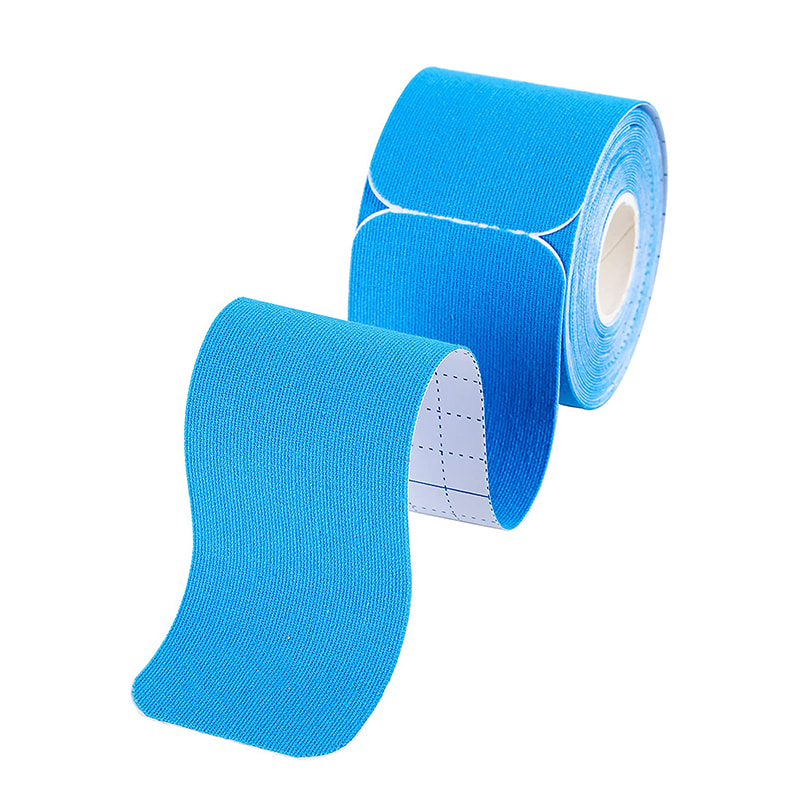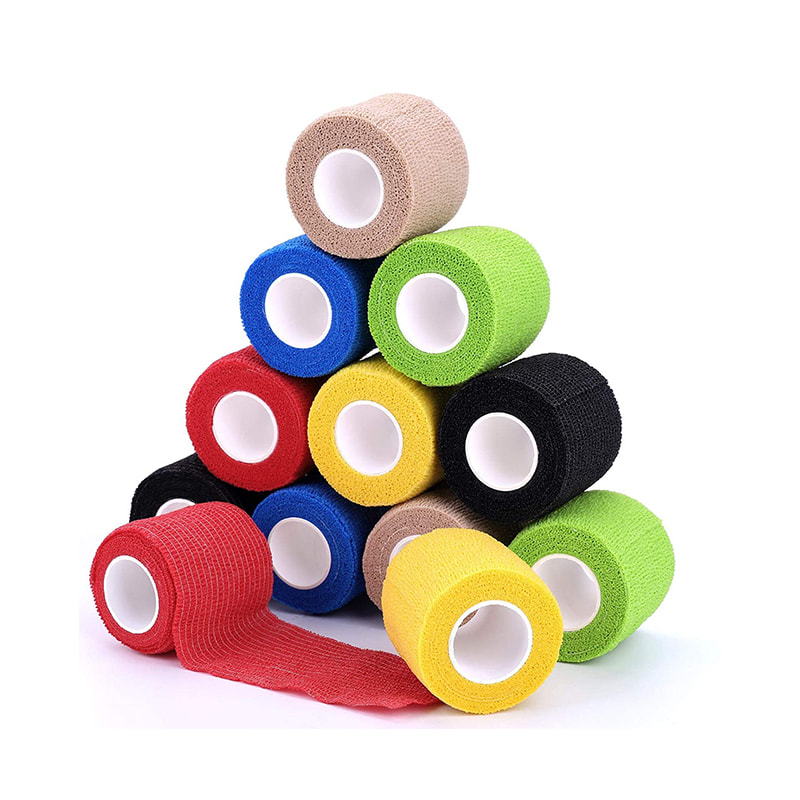There are certain conditions and scenarios where the use of Elastic Adhesive Bandages (EAB) is not recommended. Understanding these limitations is important to ensure safe and effective use. Here are some key considerations:
Elastic adhesive bandage can constrict blood flow, which may exacerbate conditions like peripheral vascular disease or other circulatory disorders.Avoid using elastic adhesive bandage in individuals with compromised blood flow to prevent further complications.
Deep Vein Thrombosis (DVT):
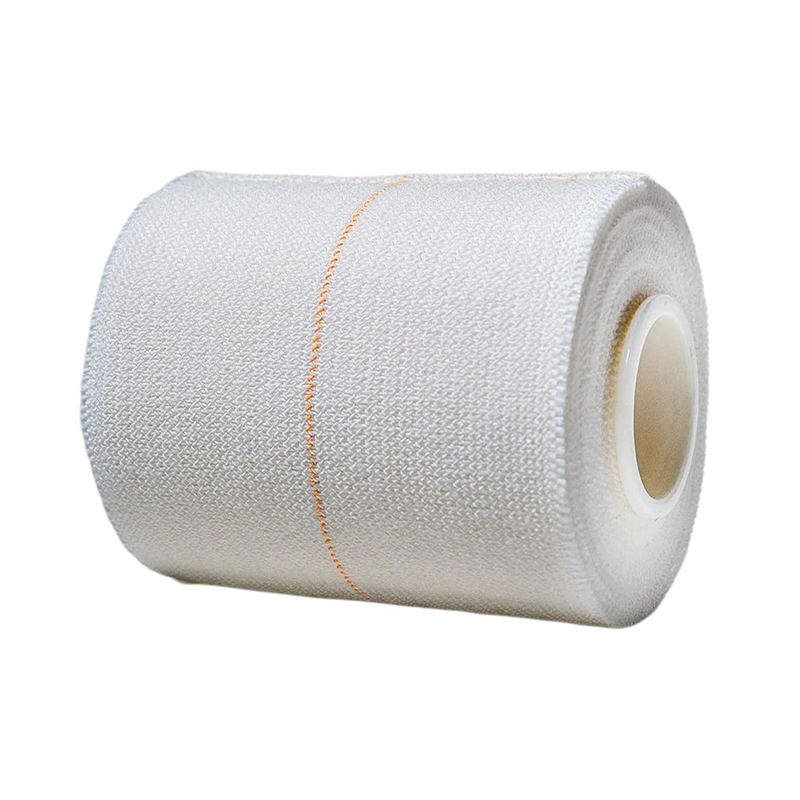
EABs can increase pressure in the veins, potentially worsening DVT.
Consult a healthcare professional before using EABs on individuals with a history of DVT.
Skin Conditions
Allergies to Adhesives:
Individuals with known allergies to adhesives or specific materials used in elastic adhesive bandage should avoid using them to prevent allergic reactions.
Opt for hypoallergenic alternatives if necessary.
Skin Irritations or Infections:
Avoid applying EABs over areas with active skin infections, rashes, or open wounds as they can aggravate the condition.
Ensure the skin is clean and dry before application to minimize the risk of irritation.
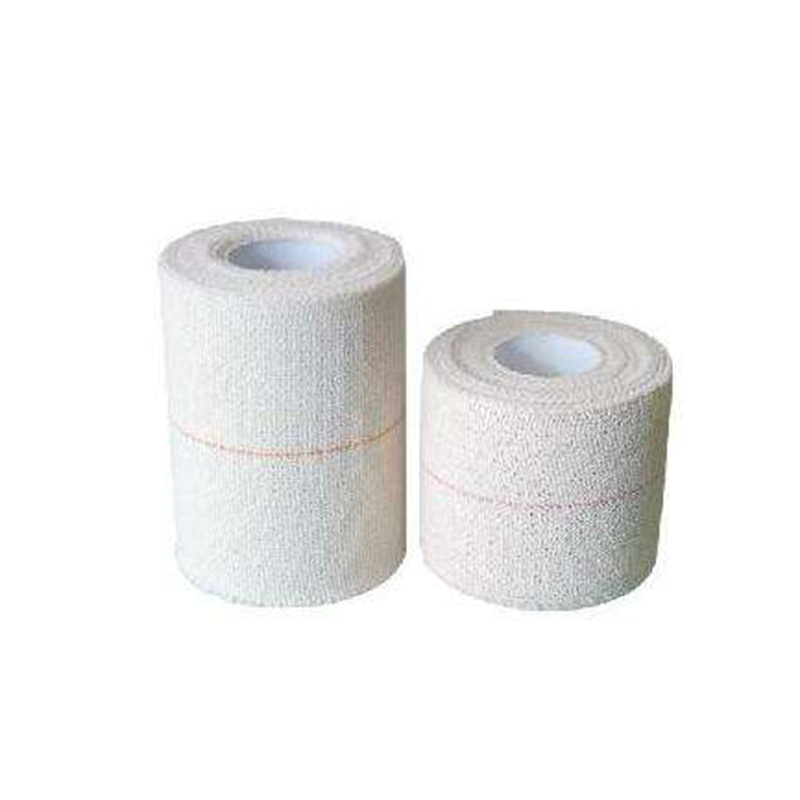
Fragile or Sensitive Skin:
Older adults or individuals with very delicate skin may experience tearing or irritation from the adhesive.
Use with caution and consider applying a protective barrier like underwrap.
Neurological Conditions
Impaired Sensation:
Individuals with conditions that impair sensation (e.g., diabetic neuropathy) may not be able to detect if the bandage is too tight, increasing the risk of circulation issues.
Regularly check the fit and condition of the bandage if used in such cases.
Specific Injuries
Severe Acute Injuries:
For severe acute injuries like fractures or major ligament tears, EABs are not sufficient on their own and should not replace medical treatment.
Seek professional medical evaluation for appropriate treatment.
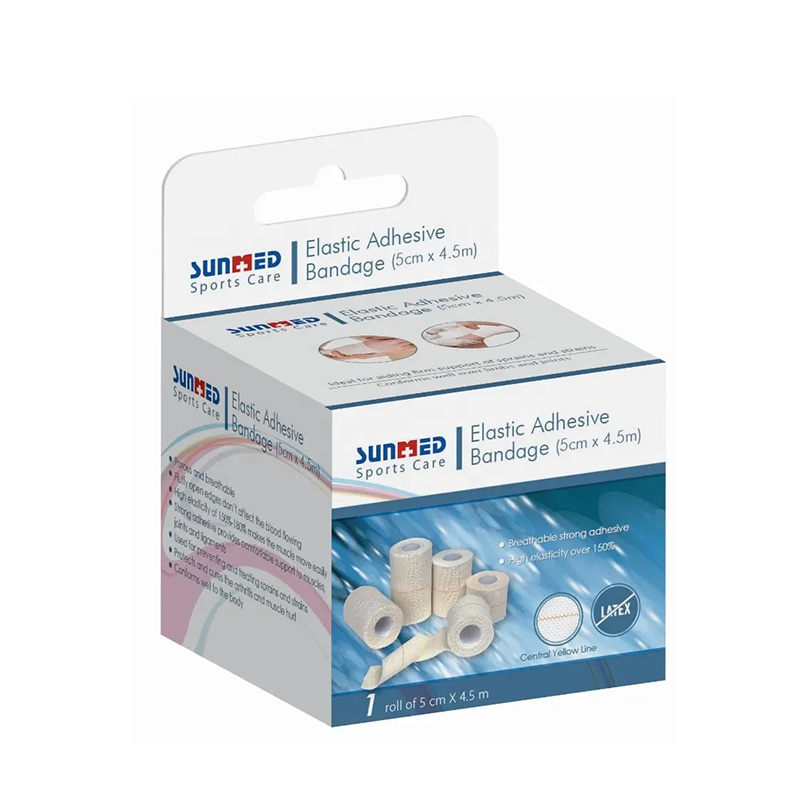
Compartment Syndrome:
Elastic adhesive bandage can exacerbate compartment syndrome by increasing pressure within muscle compartments.
Avoid using EABs if compartment syndrome is suspected.
Practical Considerations
Application Technique
Improper Application:
Incorrect application can lead to excessive pressure, impaired circulation, or ineffective support.
Ensure proper training or guidance on the correct technique for applying EABs.
Duration of Use
Prolonged Use:
Continuous use without breaks can lead to skin maceration, reduced blood flow, and other complications.
Regularly remove and reapply the bandage to check skin condition and circulation.
Special Populations
Pregnant Women:
Avoid using elastic adhesive bandage over the abdomen or other sensitive areas without medical advice.
Consult a healthcare professional for appropriate support measures during pregnancy.
Children:
Use caution when applying elastic adhesive bandage to children, as their skin is more sensitive and they may be less able to communicate discomfort.
Ensure the bandage is not too tight and regularly check for signs of irritation or impaired circulation.
While Elastic Adhesive Bandages are versatile and effective for many applications, it is crucial to be aware of the scenarios where their use is not recommended. Consulting with a healthcare professional before use, especially in cases of pre-existing conditions or severe injuries, ensures safe and effective application. Regular monitoring and correct application techniques further minimize risks associated with EABs.
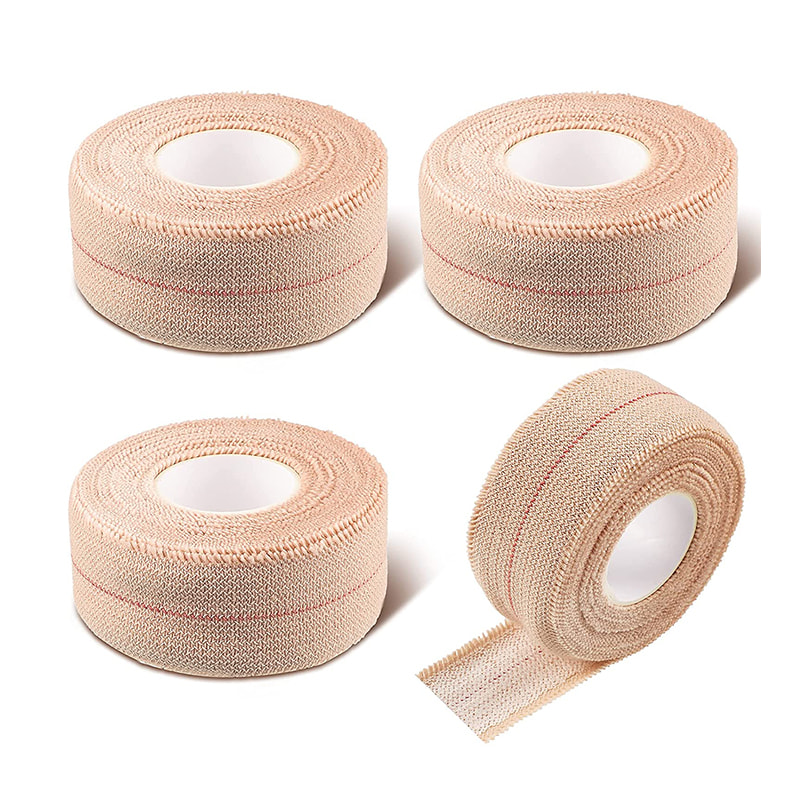

 English
English Español
Español русский
русский Français
Français Deutsch
Deutsch By Admin
By Admin



